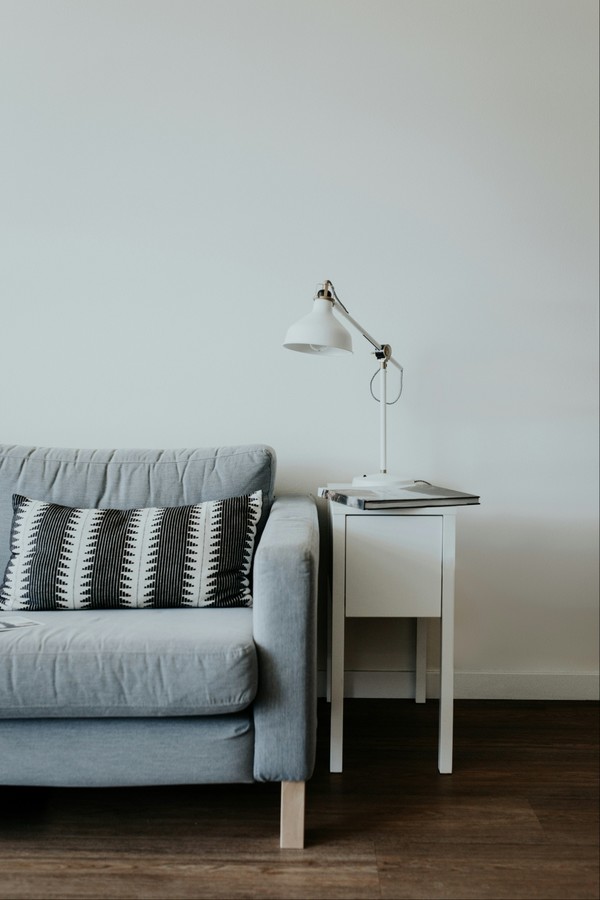On the problems faced by students and young workers living
in rental one-room units
THOUGH RECOGNIZED for its dynamic culture, modernity, and economic progress, South Korea betrays such notions through the substandard living conditions of its one-room apartments. The latter’s tenants are often young university students and workers who seek cheap housing options. The reality of these one-room apartments, however, often consists of compact living spaces, high costs, inadequate amenities, the feeling of loneliness, and safety concerns.

The financial strain of compact living
A complex financial narrative casts shadows on the perceived convenience of living in one-room apartments. The financial burden extends beyond the monthly rent, with tenants grappling with staggering deposits—often higher than the rent itself[1]. On average, in Seoul’s high-demand areas, such as those around universities, the monthly rent for a one-room apartment is ₩500,000 or higher, excluding the maintenance fees. The deposits are said to start at around ₩5 million[2]. This system is unusual when compared to that of other countries; in the United States, the deposit is usually equal to the monthly rent[3]. A staggering deposit amplifies the economic strain on students and young professionals, who lack sufficient income sources and most commonly rely on their family’s financial support[4].
The financial ordeal intensifies with the monthly maintenance fee, marked by variations in what is included. The monthly maintenance fee may include internet and water, leaving tenants with the additional burden of navigating the unpredictable costs of utility fees for gas and electricity on their own. The lack of standardization further compounds the economic challenge, as tenants face fluctuating utility bills[2].
What tenants receive in return for their financial investment often reveals a stark reality. One-room apartments in South Korea are often less than 20 square meters. Additionally, structural deficiencies, including thin walls compromising privacy, poorly sealed windows affecting insulation, and bathrooms plagued by leakages and mold are not uncommon. One-room apartments in decent conditions are often modern rental units in newly built buildings. Unfortunately, not only are they difficult to find, but the quality of their facilities exponentially escalates the rent and deposit costs[2].
The emotional toll of solo living
The physical confines of one-room apartments are a breeding ground for emotional challenges. Neighbors remain distant entities, and the cultural inclination towards private living spaces stifles the formation of meaningful connections[4]. The absence of communal engagement, coupled with the prevalence of solo living, casts a pervasive sense of loneliness over one-room tenants. The impact on mental health becomes a particular area of critical concern for college students, who are already under much academic stress[5].
The trapped tenant
Contracts governing one-room rentals in South Korea create a labyrinthine web that entraps tenants, complicating the prospect of an exit. Disputes frequently arise when landlords claim property damage or failure to meet contract agreements, which can impact the return of substantial security deposits. Additionally, the landlord’s requirement to secure a new tenant before returning the deposit further exacerbates challenges for tenants looking to extricate themselves from the rental agreement[6].
Moreover, the common negative perception of landlords has been heavily influenced by cases of fraud. An extreme example of landlords taking advantage of their tenants is exemplified by the jeon-se deposit system fraud. The jeon-se system is unique to South Korea and requires tenants to pay an even larger deposit, equal to around 70% of the property’s value. In exchange, the tenants often do not have to pay any monthly rent. Cases of the jeon-se system fraud have caused tenants to lose all their assets, and, in some unfortunate cases, it costs their lives too. These instances highlight how the South Korean housing system leaves tenants vulnerable in comparison to the powerful, manipulative landlords. Despite existing legal frameworks aimed at protecting tenant rights, attempts and cases of landlords exploiting their tenants remain persistent[1].
* * *
From the financial strain and substandard amenities to the emotional toll of loneliness and safety concerns, the flaws in this system warrant a need for changes. As South Korea charts its course into the future, addressing the issues that compromise the well-being of one-room tenants should be prioritized. Encouraging social changes, and reevaluating the rental system laws’ effectiveness in protecting tenants should be the beginning of creating a positive change.
[1] Korea Joongang Daily
[2] Expat Guide Korea
[3] Rent Blog
[4] The Korea Herald
[5] The National Health Institute
[6] Korea Local Pages

